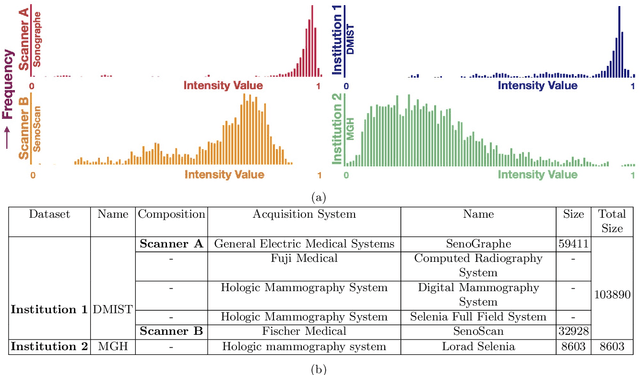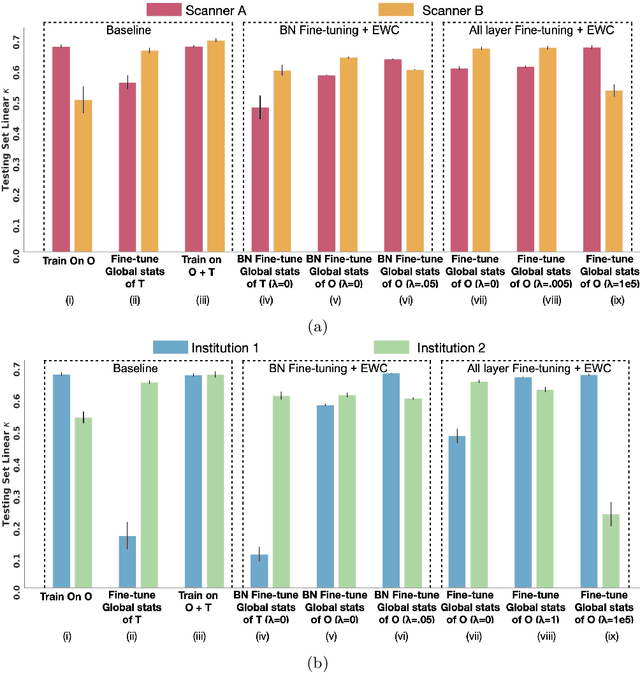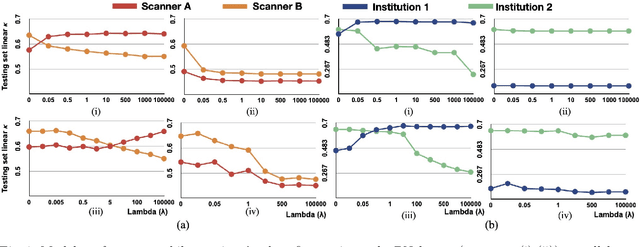Shruti Raghavan
SemiKong: Curating, Training, and Evaluating A Semiconductor Industry-Specific Large Language Model
Nov 22, 2024



Abstract:Large Language Models (LLMs) have demonstrated the potential to address some issues within the semiconductor industry. However, they are often general-purpose models that lack the specialized knowledge needed to tackle the unique challenges of this sector, such as the intricate physics and chemistry of semiconductor devices and processes. SemiKong, the first industry-specific LLM for the semiconductor domain, provides a foundation that can be used to develop tailored proprietary models. With SemiKong 1.0, we aim to develop a foundational model capable of understanding etching problems at an expert level. Our key contributions include (a) curating a comprehensive corpus of semiconductor-related texts, (b) creating a foundational model with in-depth semiconductor knowledge, and (c) introducing a framework for integrating expert knowledge, thereby advancing the evaluation process of domain-specific AI models. Through fine-tuning a pre-trained LLM using our curated dataset, we have shown that SemiKong outperforms larger, general-purpose LLMs in various semiconductor manufacturing and design tasks. Our extensive experiments underscore the importance of developing domain-specific LLMs as a foundation for company- or tool-specific proprietary models, paving the way for further research and applications in the semiconductor domain. Code and dataset will be available at https://github.com/aitomatic/semikong
Enhancing Q&A with Domain-Specific Fine-Tuning and Iterative Reasoning: A Comparative Study
Apr 17, 2024



Abstract:This paper investigates the impact of domain-specific model fine-tuning and of reasoning mechanisms on the performance of question-answering (Q&A) systems powered by large language models (LLMs) and Retrieval-Augmented Generation (RAG). Using the FinanceBench SEC financial filings dataset, we observe that, for RAG, combining a fine-tuned embedding model with a fine-tuned LLM achieves better accuracy than generic models, with relatively greater gains attributable to fine-tuned embedding models. Additionally, employing reasoning iterations on top of RAG delivers an even bigger jump in performance, enabling the Q&A systems to get closer to human-expert quality. We discuss the implications of such findings, propose a structured technical design space capturing major technical components of Q&A AI, and provide recommendations for making high-impact technical choices for such components. We plan to follow up on this work with actionable guides for AI teams and further investigations into the impact of domain-specific augmentation in RAG and into agentic AI capabilities such as advanced planning and reasoning.
Addressing catastrophic forgetting for medical domain expansion
Mar 24, 2021



Abstract:Model brittleness is a key concern when deploying deep learning models in real-world medical settings. A model that has high performance at one institution may suffer a significant decline in performance when tested at other institutions. While pooling datasets from multiple institutions and retraining may provide a straightforward solution, it is often infeasible and may compromise patient privacy. An alternative approach is to fine-tune the model on subsequent institutions after training on the original institution. Notably, this approach degrades model performance at the original institution, a phenomenon known as catastrophic forgetting. In this paper, we develop an approach to address catastrophic forget-ting based on elastic weight consolidation combined with modulation of batch normalization statistics under two scenarios: first, for expanding the domain from one imaging system's data to another imaging system's, and second, for expanding the domain from a large multi-institutional dataset to another single institution dataset. We show that our approach outperforms several other state-of-the-art approaches and provide theoretical justification for the efficacy of batch normalization modulation. The results of this study are generally applicable to the deployment of any clinical deep learning model which requires domain expansion.
 Add to Chrome
Add to Chrome Add to Firefox
Add to Firefox Add to Edge
Add to Edge